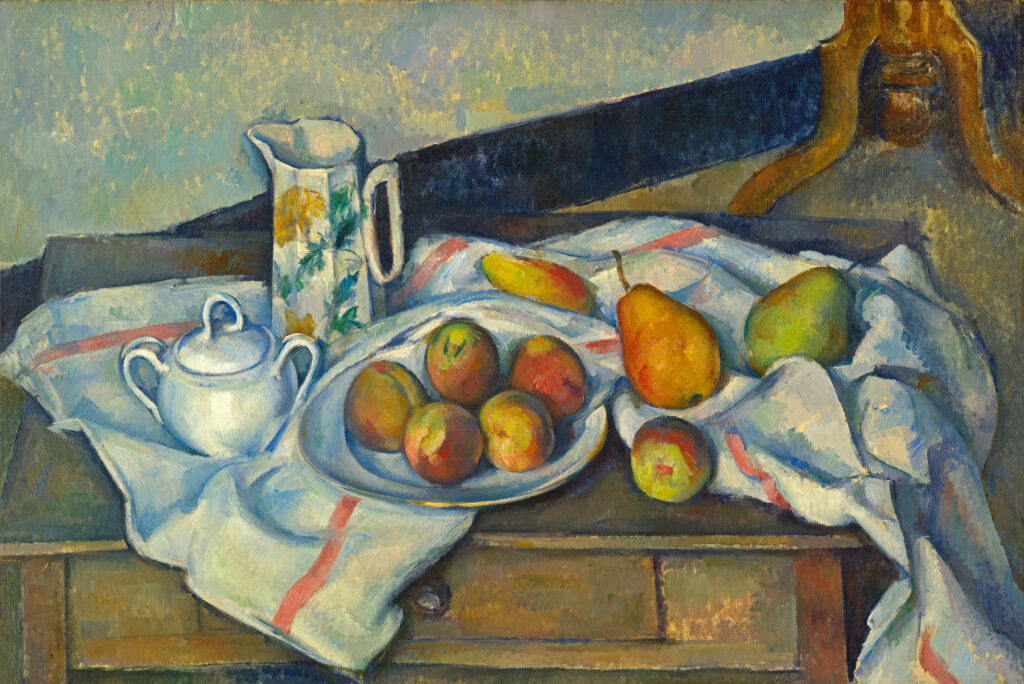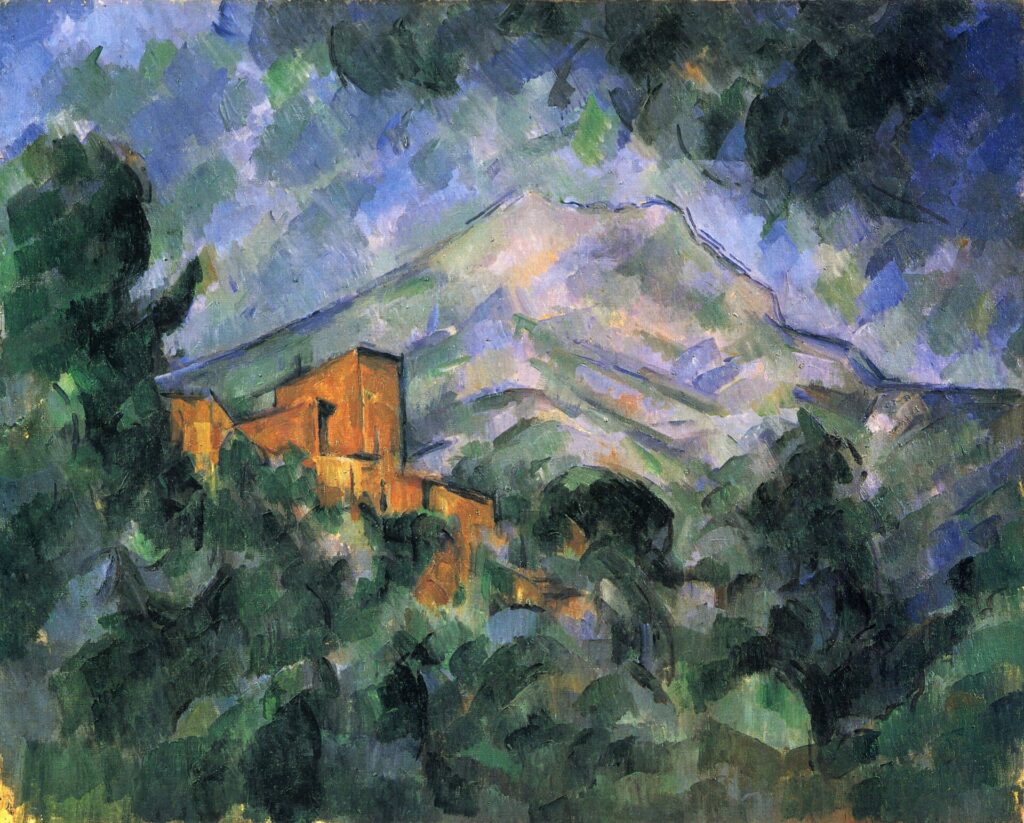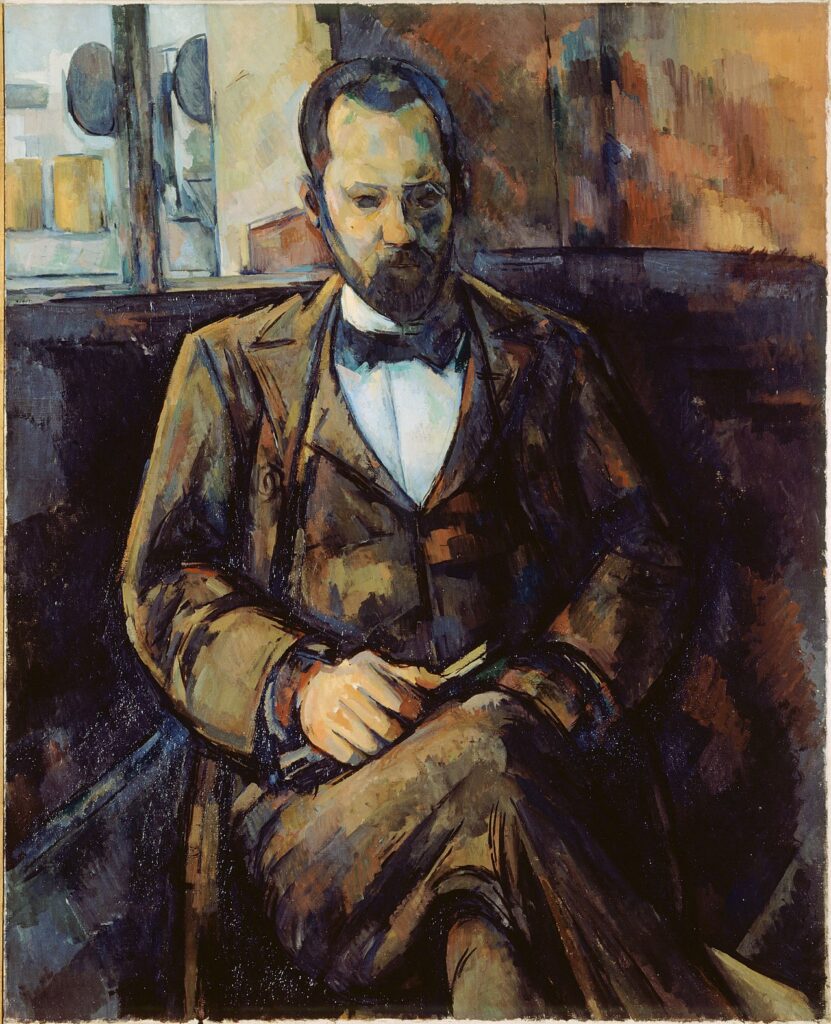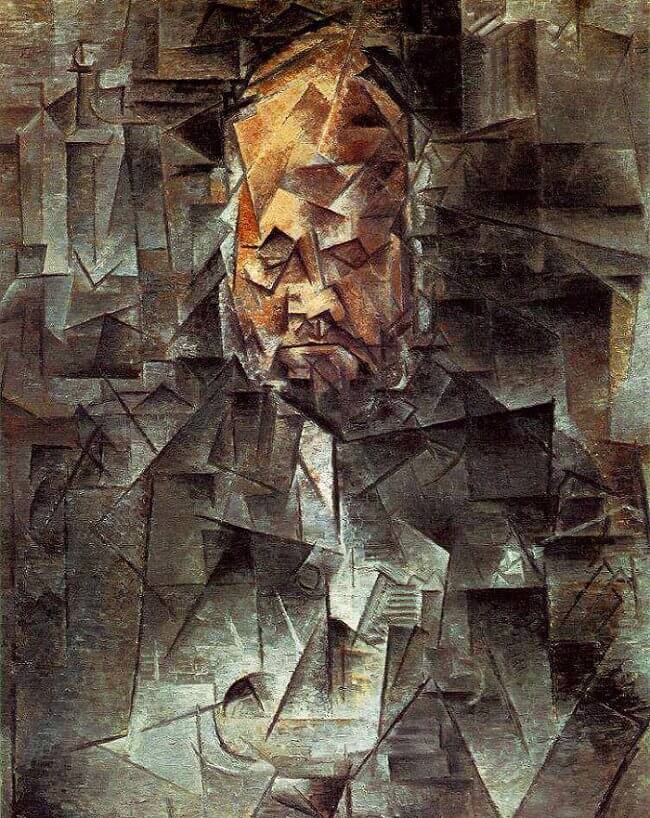Paul Cézanne in 10 Paintings
Paul Cézanne (1839–1906) was one of the most influential and greatest of the Post-Impressionist painters. Here is a list of ten different...
Sam Malone 17 February 2025
January 19th marks the birthday of one of the prominent French artists of Post-Impressionism – Paul Cézanne. He is often regarded as the father of modern art. Avant-garde art, and especially Cubism, would not be the same without Cézanne and his art path. Let us look closely at Cézanne’s art and discover his impact on modern art!
Paul Cézanne came from a wealthy family, and his father hoped his son would follow in his footsteps and become a lawyer. However, the son had a strong passion for painting and began cultivating his skills early in life. Like many others, Paul Cézanne went to the European art capital, Paris, to study art. He spent much time in the Louvre, observing masterpieces of respected painters. His first works were made in dark colors and could be regarded as homages to old masters, such as Michelangelo, Rubens, and Titian.
Cézanne also met Impressionists in Paris and worked at artist gatherings with Camille Pissarro. The remarkable fact is that Pissarro also supported Post-Impressionist Paul Gauguin. The paintings of Cézanne differ from the ones by the Impressionists despite the same technique. Cézanne paid more attention to the shapes and filled the space with objects, limiting the role of the air as portrayed in Impressionist paintings. However, Impressionism influenced Cézanne’s pictorial manner – the color of his paintings became lighter.

Paul Cézanne, Still Life with Peaches and Pears, 1888-1890, Pushkin Museum of Fine Arts, Moscow, Russia.
Art is a harmonious parallel with nature.
Cézanne is famous for his still-lifes with apples and peaches. It is no coincidence that he once said: “With an apple, I will astonish Paris.” His masterpieces have resulted from lengthy, meticulous study of shapes. For Cézanne, how people saw was important, not what they saw. His revolutionary method lay in the fact that each eye saw its image, and Cézanne showed that in his works. He created objects from different points of view simultaneously. Moreover, he used both single-point and inverted perspectives.
Inverted perspective was used in Byzantine and Russian Orthodox icons and found in the art of many pre-Renaissance painters. The cornerstone of that approach was to avoid photographic depiction. Despite the unclear perspective, the paintings of Cézanne were thoroughly analyzed and geometrically construed.

Paul Cézanne, Mount Sainte-Victoire and Château Noir, Philadelphia Museum of Art, Philadelphia, PA, USA.
Cézanne, dissatisfied with his reception in Paris, withdrew from society to his native Aix-en-Provence in the south of France for a brief time. The Montagne Sainte-Victoire was the dominant mountain range in Aix-en-Provence. It also became one of the main elements of Cézanne’s art.
If Claude Monet created his Rouen Cathedral series to imprint the beauty of changeable light, then Paul Cézanne’s paintings of the mountain captured the essence of the painted object. With time, images of the Sainte-Victoire became a bit abstract and cubistic, influencing the birth of avant-garde art, especially Cubism. In late 1862, Cezanne returned to Paris after his father made him financially secure.

Paul Cézanne, Portrait of Ambroise Vollard, 1899, Musée du Petit Palais, Paris, France.
Cézanne worked on portraits as he created still-lifes – very long and meticulously. He analyzed forms and proportions, identified the main elements, and generalized the image. The portraits make an impression on us as if the painted individuals were made of simple forms.
As a consequence of Cézanne’s approach, he is widely interpreted as portraying everything in the world as a cylinder, a sphere, or a cone. Such an analytical way of painting was later developed in Analytic Cubism, the movement led by Pablo Picasso and Georges Braque.

Pablo Picasso, Portrait of Ambroise Vollard, 1910, Pushkin Museum of Fine Arts, Moscow, Russia.
Paul Cézanne changed art with his innovative way of applying geometric methods and interpreting forms. He paid a lot of attention to the internal aspects of objects. Cézanne’s thoroughness can be compared to playing chess. Each brushstroke on the artist’s painting was calibrated.
Paul Cézanne influenced many painters of the 20th century. Prominent artists such as Pablo Picasso, George Braque, Henri Matisse, Kazimir Malevich, Maurice de Vlaminck, and André Lhote were inspired by Cézanne’s way of painting. In addition, Russian avant-garde artists Ilya Mashkov and Pyotr Konchalovsky created some of their works as part of the Cézannism movement.
DailyArt Magazine needs your support. Every contribution, however big or small, is very valuable for our future. Thanks to it, we will be able to sustain and grow the Magazine. Thank you for your help!